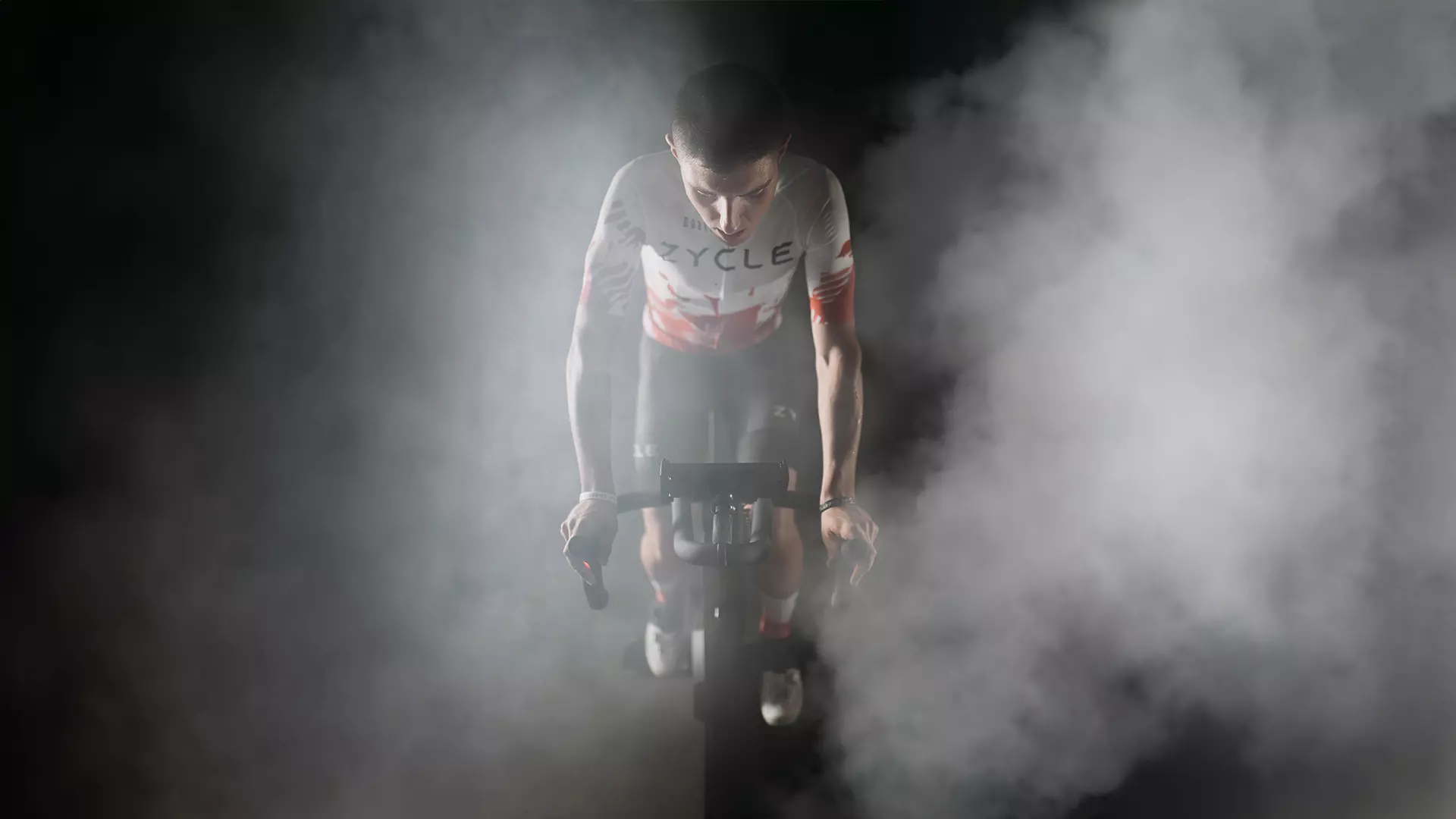The type of pedal has a great influence on the cycling experience, whether it is for outdoor bikes or indoor cycling bikes. Choosing the right bike pedal will help you improve your performance and get the most out of your bike depending on the type of cycling you want to do, as well as allowing you to use cleats or not. Below, we explain the different types of bicycle pedals, their main characteristics and their relationship with cleats. Read on!
Types of bicycle pedals: which are the most commonly used?
The different types of bicycle pedals are designed for one style of cycling or another and depending on the preferences of cyclists. Each pedal has its own advantages, and their choice can also affect comfort, control and efficiency on the bike depending on the technique and discipline practiced. The most popular models (or types of bicycle pedals) are as follows.
Clipless pedals
These bicycle pedals work with 2-, 3- and 4-hole cleats. In other words, they are designed to be used with special cycling shoes, although this does not mean that you cannot use them with normal shoes -although they are more uncomfortable and unsafe-. Clipless pedals have the advantage of offering greater control, since the shoe engages directly with the pedal, as well as a greater transfer of force and, of course, a more rounded and complete pedaling. To use this type of pedals it is necessary to practice the engagement and disengagement technique in order to be able to get your feet in and out quickly, if necessary.
Platform pedals
This type of bicycle pedal is available with or without toe clips, toe clips and straps. This is a flat pedal model enhanced with metal or plastic pins to provide greater grip and stability, even on technical terrain. These can be used on virtually any type of normal shoe or sneaker, although – for safety reasons – they are not recommended for use with road cycling shoes or off-road shoes (i.e. shoes with cleats), as their sole does not provide adequate grip on the shoe. In this type of pedals, the advantage of clipless pedals is lost, although they gain in freedom of movement of the feet and are more economical. On the other hand, as we indicated, they can have rakes, toe clips or straps to improve grip, although it is increasingly common to find them without these elements. In general, they are pedals that prevent the foot from moving upwards or forwards and offer excellent transfer of force when pedaling.
Mixed or hybrid pedals
Finally, we find mixed pedals that are the result of a combination of platform pedals and clipless pedals (mentioned above). That is to say, on one side of the pedals you have one design and on the other side another pedal design; although there are also those that have the appearance of clipless pedals with a large platform to make use of normal shoes and cycling shoes, as the cyclist considers. This type of pedal is compatible with the SPD 2-hole cleat system, the most popular of all. These, moreover, are the type of pedal incorporated in indoor cycling bikes, as is the case with the advanced ZBike 2.0 from ZYCLE. The main advantage of this model is its versatility, and they are also one of the best options for those who are just starting out with clipless pedals thanks to their practical and easy-to-use design.
What is the cleat-bike system and which is the most used model?

When talking about types of bicycle pedals, it is essential to mention bicycle cleats. The latter, moreover, can be differentiated into road bike cleats and mountain bike cleats and have the peculiarity that they are found in special cycling shoes and are attached to clipless pedals (or mixed pedals), so that the feet are fixed and do not move. Bicycle cleats can have 2, 3 and 4 holes, depending on the attachment points. The number of holes in the cleat influences the type of discipline, 2-hole cleats are cleats that can be used for both off-road and on-road. In other words, they are the most versatile, since 3- and 4-hole cleats are generally used for road cycling (they are road bike cleats), although there are also models that work for the gravel discipline.
In any case, the two-hole system is the most popular, and the most commonly used model is the SPD type (which is also the one used by most exercise bikes, as mentioned above). SPD cleats, also known as Shimano SPD, have the advantage of being very resistant and offer a long service life, they are available in a wide range of models and their tension is adjustable. The latter is vital to improve rider comfort, but also efficiency. Of course, like any other type of cleat, they require minimal maintenance and cleaning to ensure that the shoe fits perfectly on the pedal, especially if you use them when cycling outdoors. It is important to note that any brand of cleat is compatible with the two-hole cleat shoe, but the same is not true for the pedal anchor, since it is designed for a specific brand of cleat -although, as in everything, we can find generic brands that work with pedals compatible with Shimano SPD cleat pedals-.


 Cart is empty
Cart is empty 

